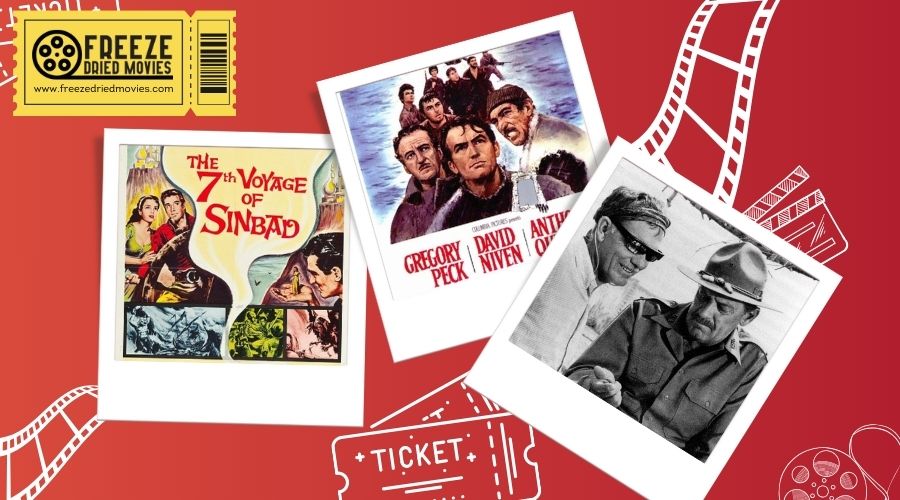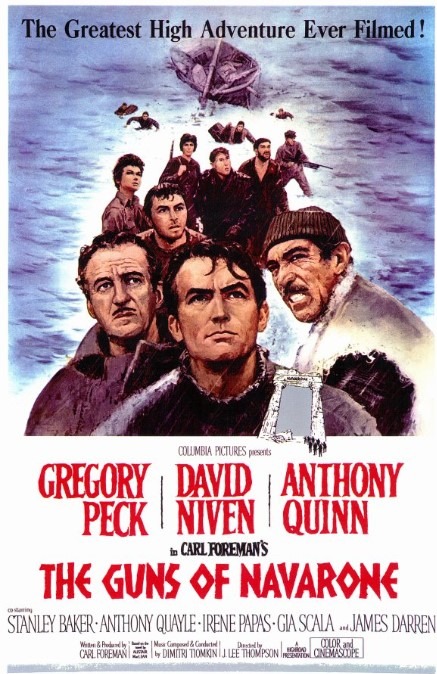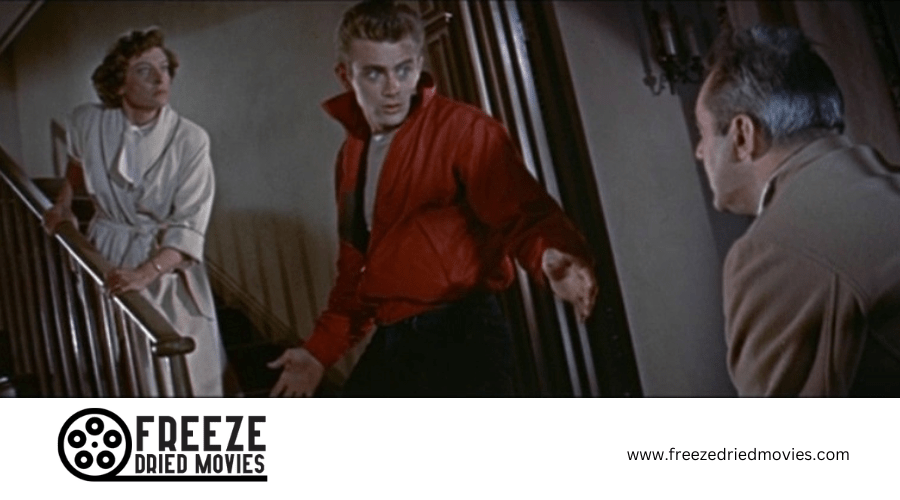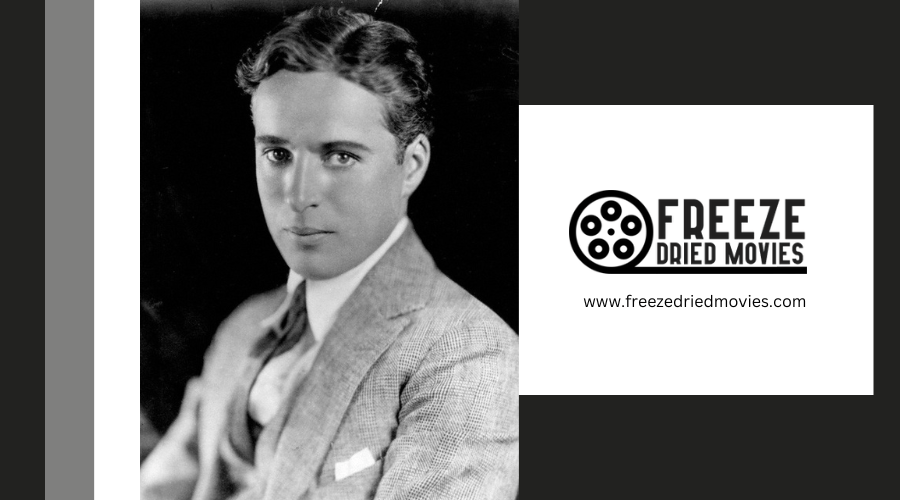Classic Adventure Films of the 1960s: The Ultimate List

You'll find a wealth of classic 1960s adventure films that left an indelible mark on cinema. Immerse yourself in the dramatic escapades of "The Great Escape" with John Sturges' masterful storytelling or experience Howard Hawks' exhilarating wildlife action in "Hatari!". Sam Peckinpah's "The Wild Bunch" set a gritty standard for action, while Sergio Leone's "A Fistful of Dollars" redefined the Western genre. Don't forget the heart-pounding missions in "The Guns of Navarone" and the espionage thrills of "Dr. No". Each film offers the essence of a period bursting with passion and innovation. More cinematic gems await.
Iconic Directors of the 1960s
When you think about iconic directors of the 1960s, certain names immediately come to mind. John Sturges is one such director, celebrated for his work on "The Great Escape" (1963). His masterful handling of ensemble casts and gripping storytelling made this war adventure a staple, grossing over $11 million. You can't overlook Howard Hawks either, whose film "Hatari!" (1962) demonstrated his knack for mixing humor with adventure, especially through its groundbreaking wildlife action sequences.
These directors didn't just create films; they crafted experiences that resonated with audiences worldwide. Sam Peckinpah, on the other hand, transformed action filmmaking with "The Wild Bunch" (1969). His gritty storytelling and complex characters brought a new level of intensity to the genre. Sergio Leone also left a lasting impact, popularizing the Spaghetti Western with "A Fistful of Dollars" (1964).

His unique cinematic techniques and themes influenced adventure films for years to come. Though slightly predating the 1960s, Nathan H. Juran's "The 7th Voyage of Sinbad" laid crucial groundwork for fantasy adventure. Like a Hamill performance mesmerizing audiences, these directors' works have stood the test of time, influencing countless filmmakers. During the 1940s, Film Noir emerged as a significant genre, characterized by dark themes and moral ambiguity, which would later influence storytelling elements in the adventure films of the 1960s.
View this post on Instagram
The 1960s brought a lively tapestry of international film contributions to the adventure genre, enriching cinematic landscapes with diverse storytelling. You'd find yourself captivated by films like Hardi Pardaillan! (1964), a French-Italian co-production that thrilled audiences with its swashbuckling themes. This film's daring escapades echoed the adventurous spirit of the decade. Meanwhile, the Soviet film Letter Never Sent (1960) captivated viewers with its gripping tale of wilderness survival, highlighting environmental themes that were ahead of its time. Italian cinema didn't shy away from fantastical adventures either, producing films like Hercules Against the Moon Men (1964), which seamlessly blended fantasy and adventure. This genre-crossing film was a demonstration of the creative storytelling that transcended borders. Across the channel, the British film Will Our Heroes Be Able to Find Their Friend Who Has Mysteriously Disappeared in Africa? (1968) added a comedic twist to the adventure genre, showcasing humor's role in these daring tales. Lastly, Brazilian film Caxambu! (1968) stood out by combining music and adventure, illustrating the rich cultural tapestry of international cinema. If you love adventure films, these international contributions are must-sees, much like the suspense Carrie might enjoy in a classic thriller. International contributions set the stage for the rich tapestry of themes and genres that defined 1960s adventure films. Created 4 years ago, these films often revolved around survival, where characters like those in Island of the Blue Dolphins and Letter Never Sent braved harsh environments. You'd find yourself rooting for these characters as they navigated relentless challenges, showcasing the human spirit's resilience. Heroism was another defining theme. Think of The Guns of Navarone and Lawrence of Arabia, where courageous protagonists initiated daring missions. You'd be inspired by their bravery against overwhelming odds. These films didn't just entertain; they highlighted the power of courage. Journeys to unexplored territories also captured audiences' imaginations. In films like In Search of the Castaways and The Phantom Planet, the thrill of exploration was palpable. You'd be whisked away to mysterious lands, filled with wonder and danger. Mythology and fantasy added another layer, with films such as Hercules Against the Moon Men and The Wizard of Baghdad blending the historical with the fantastical. Finally, conflict was central, as seen in The 300 Spartans and Mutiny on the Bounty, illustrating timeless battles between good and evil. Sixties adventure films left a lasting legacy on future cinema, influencing how stories are told and experienced today. When you look at films like "Dr. No" and "The Great Escape," you'll see they established templates for character-driven narratives and thrilling plots. These elements have become a cornerstone of Cinematic Evolution, shaping how filmmakers approach storytelling. The commercial success of hits like "Goldfinger," which grossed over $12 million in 1964, set financial benchmarks that continue to guide the business strategies of today's blockbusters. In terms of technical innovation, the 1960s introduced new special effects and daring stunt choreography, paving the way for CGI and sophisticated action sequences. These advancements created a more engaging experience, changing the way you, the audience, interact with adventure films. Furthermore, the rise of strong, memorable characters, such as James Bond, contributed to the ongoing popularity of franchise filmmaking. This has led to a wave of reboots and sequels that dominate the box office. The cultural themes of rebellion and freedom examined in these films continue to resonate, inspiring narratives that address modern social issues and meet evolving audience expectations. Therefore, the 1960s remain critical in shaping today's cinematic landscape. Similarly, invasion narratives from 1950s sci-fi reflected societal fears, showcasing how cinema can mirror cultural anxieties and influence future storytelling.Must-See Adventure Titles
International Film Contributions

Defining Themes and Genres
Impact on Future Cinema




